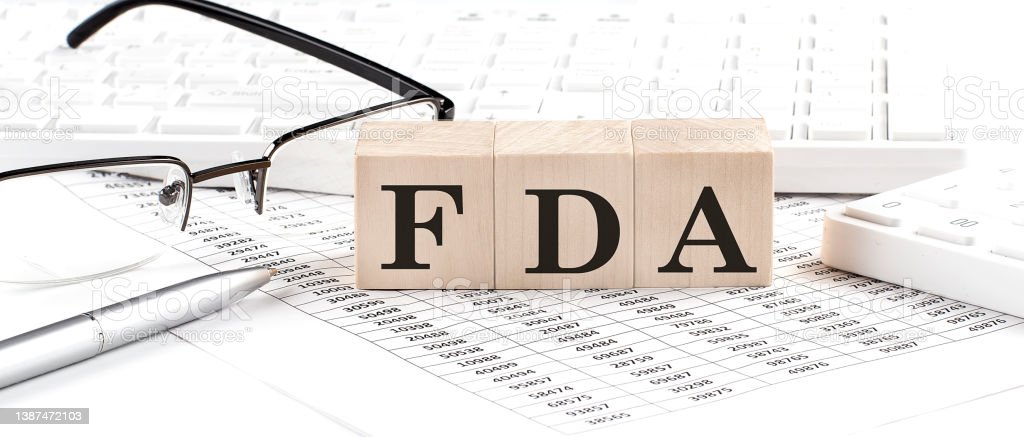1.0 Purpose
1.1 To establish a systematic process for managing changes to procedures, documents, equipment, and systems within the organization.
1.2 To ensure that changes are properly evaluated, approved, implemented, and documented in order to maintain compliance, quality, and efficiency.
2.0 Scope
2.1 This procedure applies to all personnel involved in initiating, reviewing, approving, implementing, and documenting changes within the organization.
2.2 It encompasses changes to procedures, documents, equipment, software, and systems that may impact operations, quality, safety, or regulatory compliance.
3.0 Responsibilities
3.1 Management: Responsible for providing resources and oversight to ensure effective change control processes.
3.2 Change Control Board (CCB): Responsible for reviewing and approving changes based on their impact and significance.
3.3 Change Initiator: Responsible for identifying and initiating change requests.
3.4 Subject Matter Experts (SMEs): Responsible for providing expertise and input during change evaluation and implementation. 3.5 Document Control: Responsible for maintaining accurate records of all change requests, approvals, and implementation activities.
4.0 Procedure
4.1 Change Initiation
4.1.1 Any employee who identifies the need for a change must complete a Change Request Form (CRF) outlining the proposed change.
4.1.2 The CRF should include details such as the nature of the change, reason for the change, potential impact, and proposed implementation plan.
4.1.3 The completed CRF is submitted to the Document Control department for review and assignment of a unique change control number.
4.2 Change Evaluation
4.2.1 Document Control reviews the CRF to ensure completeness and accuracy.
4.2.2 The Change Control Board (CCB) assesses the proposed change based on its impact on operations, quality, safety, and compliance.
4.2.3 Subject Matter Experts (SMEs) may be consulted to provide technical input during the evaluation process.
4.2.4 The CCB approves or rejects the change request based on the evaluation findings.
4.3 Change Approval
4.3.1 Approved change requests are documented along with the rationale for approval.
4.3.2 The responsible parties are notified of the approval and provided with the necessary instructions for implementation.
4.3.3 If a change request is rejected, the reasons for rejection are documented, and the initiator is notified accordingly.
4.4 Change Implementation
4.4.1 The Change Initiator, along with relevant stakeholders, implements the approved change according to the agreed-upon plan.
4.4.2 Any deviations from the approved plan must be communicated and documented promptly.
4.4.3 Document Control updates relevant documents, procedures, or systems to reflect the implemented change.
4.4.4 Verification activities may be conducted to ensure the change has been implemented as intended.
4.5 Change Documentation
4.5.1 Document Control maintains accurate records of all change requests, evaluations, approvals, and implementations.
4.5.2 All documentation related to change control is stored in a secure and accessible manner.
4.5.3 Documentation must comply with regulatory requirements and internal quality standards.
5.0 Training
5.1 Personnel involved in the change control process receive appropriate training on their roles and responsibilities.
5.2 Training records are maintained by the Training department to ensure compliance.
6.0 Review and Revision
6.1 This SOP is reviewed periodically to ensure its effectiveness and relevance.
6.2 Revisions are made as necessary based on feedback, changes in regulations, or organizational requirements.
7.0 References
7.1 Relevant regulatory requirements and standards.
7.2 Internal quality management system documents.
7.3 Change Control related procedures and guidelines.
8.0 Definitions
8.1 Change Control Board (CCB): A cross-functional team responsible for reviewing and approving changes within the organization.
8.2 Subject Matter Expert (SME): An individual with specialized knowledge or expertise relevant to the proposed change.
8.3 Document Control: The department responsible for managing documentation, including change control records.
9.0 Records
9.1 Change Request Forms (CRFs)
9.2 Change Evaluation and Approval Records
9.3 Change Implementation Records
9.4 Training Records
9.5 Review and Revision Records
10.0 Attachments
10.1 Change Request Form (CRF)
10.2 Change Control Log 10.3 Training Matrix
11.0 Revision History
Version Date Description
1.0 [Date] Initial SOP Creation
1.1 [Date] Revision: [Description]
- For more articles, Kindly Click here.
- For pharmaceutical jobs, follow us on LinkedIn
- For Editable SOPs in word format contact us on info@pharmaceuticalcarrier.com
- For more information kindly follow us on pharmaguidelines.co.uk











